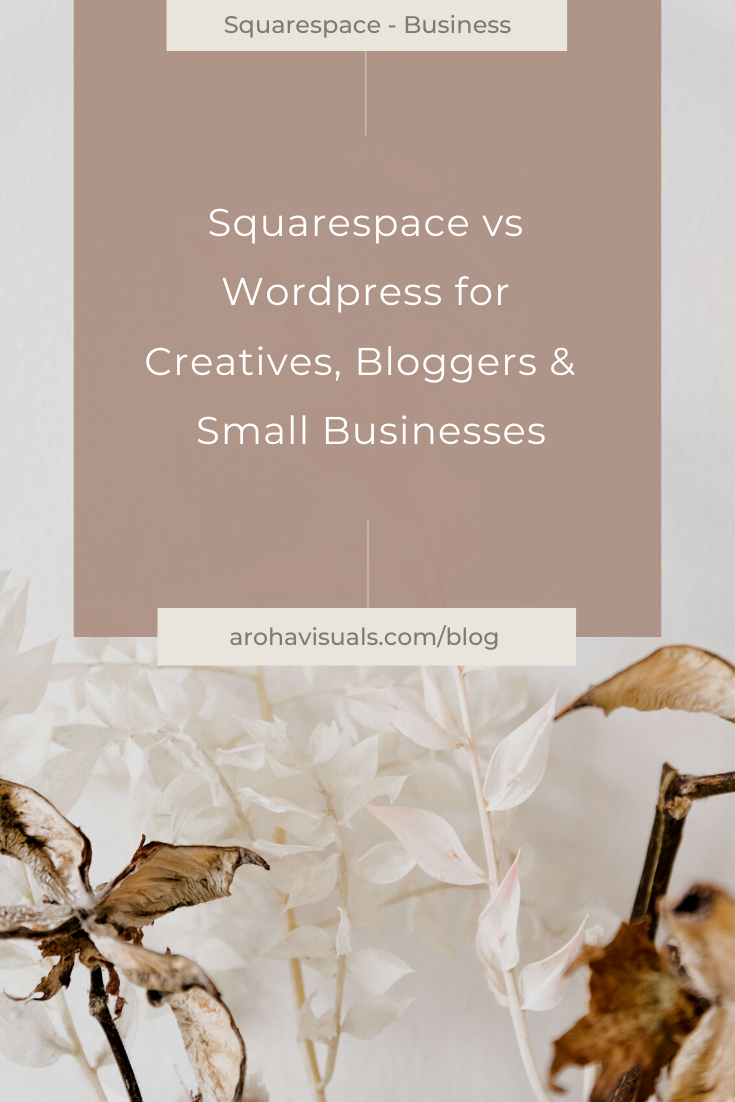5 Simple Yet Helpful Elements for Your DIY Website
Creating a DIY website for the first time may leave you feeling super overwhelmed! There are just SO many factors that work together to make a great website and sometimes it’s the little things that get forgotten - but make a huge difference.
To help out the first-timers, I’ve compiled some of the website elements that DIY lovers tend to forget but shouldn’t!
5 Simple Yet Helpful Elements for Your DIY Website:
SEARCH BAR
If you’re planning on blogging or you have a lot of pages on your websites (or products), then having a search bar is a must!
It helps improve user experience, which search engines favour
Squarespace has a great search bar feature, so easy to add - there’s almost no excuse not to have one either at the top or in your footer!
2. CATEGORIES
Did you know? Search engines crawl and read blog post categories!
So what does that mean? It means you can optimise your SEO for your blog post by creating categories, and this will make your website more favourable to search engines like Google.
Tip: make it niche-specific. For example, I have categories for: CSS Coding, Squarespace 7.1 and Web Design. And I would normally attach 1-2 categories per blog post.
3. TAGS
While tags are apparently not crawled by search engines, that’s ok coz there’s still a huge benefit to creating Tags.
Using tags for your blog post can improve user experience either through the search bar or in the blog post summaries - because it picks up on the keywords in your tags and those tagged results will come up first as recommendations.
Tip: think of tags like the main keywords you want to highlight and categories as the buckets that contain those keywords. You can have as many tags (ie. keywords) as you like.
4. TERMS & CONDITIONS
An often overlooked but legally important page to have is your Terms & Conditions. It applies to everyone who visits your website and basically outlines in detail what they are allowed to do and not do with the content on your page.
Meaning that, people cannot just come in and plagarise your work - because the T&Cs state that it's not ok to do so.
Now, if you didn’t have this page and someone was to steal your work… then it would be a little hard to justify that if it turned into a legal pursuit matter.
Tip: You don’t have to write it all yourself or hire a lawyer! You can find terms and conditions templates for free online - and have it filled out and ready to go in minutes!
5. PRIVACY POLICY
How is this different to T&C? So T&C applies to how OTHERS use and navigate YOUR website. While Privacy Policy is how YOU use the information from THEM (eg. email address, credit card info, etc.)
You have to let people know ‘how’ you’ll be using this information. Will it be kept safe? Will you share their info with other people?
Also things like cookies and tracking what they do on your page - these are all super useful information to you because it shows you which pages are most popular, your CTR, sign up, etc.
But… it’s important to disclose how you’ll be using all this info. And in some countries it’s mandatory to have this page.
Tip: again, you can find heaps of free templates online - you definitely don’t have to come up with this page on your own!
Wanna make sure you have all the essential pages and elements for a great website?
You can READ my full blog post here:
What are the most important pages you should have on your Website? (the 21-must-have Elements & why)
rEADY TO ADD THESE ESSENTIAL ELEMENTS? OR DO YOU HAVE MORE QUESTIONS? You MAY message me here @arohavisuals



